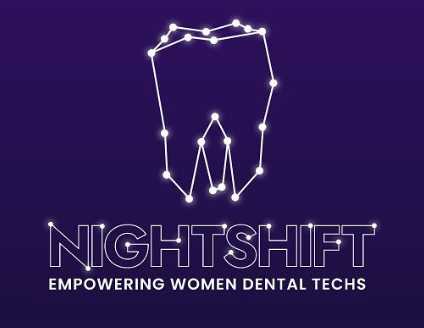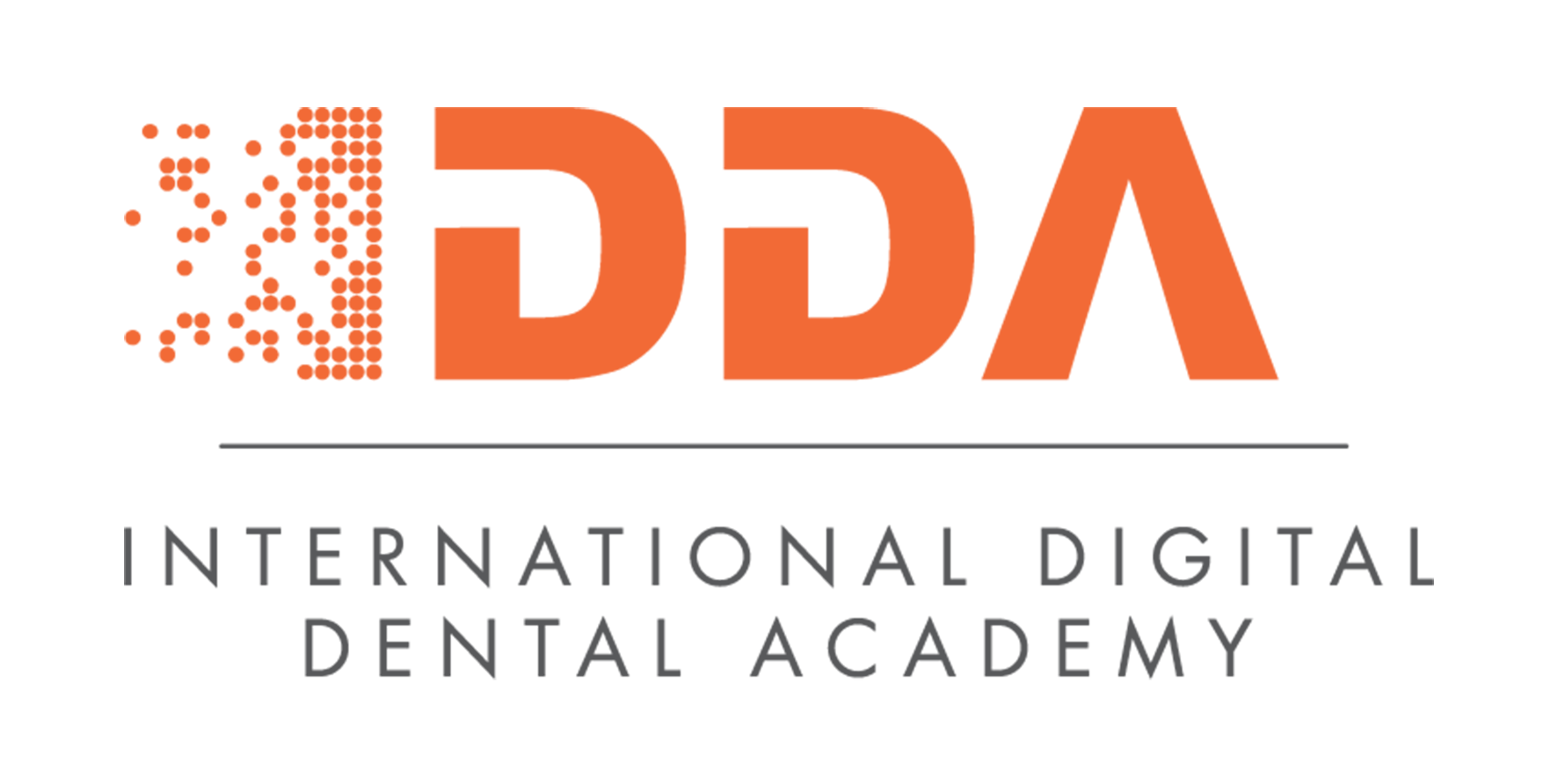Interview with Adam Nulty
)
We've been teaching digital dentistry now for the last 10 plus years. This year, I'm really excited for the Dentistry Show, specifically the Digital Dentistry Theatre, where we've got something special planned. The theatre will feature an immersive 360-degree stage with a boxing ring-style screen where we will be bringing a wealth of speakers to both dentists and lab technicians, and a whole host of new technologies.
What excites you most about this year’s Digital Dentistry Theatre?
I'm really excited about not only the wealth of speakers that we have including Mirek Brandejs talking about ceramics and sustainable glazing, but also some really new technologies that are coming along, including artificial intelligence and also the digital twin aspect using MODJAW® technology. Bringing together the team including Martina Hodgson and Riaz Yar to discuss digital dentistry will be great.
One of the other things I’m looking forward to is seeing Chris Lefkaditis and Patrik Zachrisson’s lecture talking about AI guided surgery, and specifically CalMedi implants that we've brought in, which are hydrophilic implants which improve healing. They will also be discussing the introduction of the new guided surgery software which brings about a better treatment pathway for the dentist to be able to provide a more predictable outcome for the patient.
How does the Digital Dentistry Theatre support both new and experienced clinicians?
The boxing ring setup is something really special and supports both new and experienced clinicians. This four-sided stage allows the audience to view live presentations from every angle, offering a close-up, interactive experience. It’s designed to encourage real-time engagement, so dentists and lab technicians can ask questions, interact directly with speakers, and gain a deeper, more hands-on understanding than ever before.
Can you give us a snapshot of what you’ll be covering in your talks?
My talks will be on the first day in the first lecture, where I'm going to be talking about photogrammetry, specifically accuracy that's there with implant scanning in a full arch scenario, and my creation, which is Scan Ladder, and how that can be used with conventional intraoral scans to really bring about a passive, nice fit for both the dentist and the lab technician.
How do you see digital workflows transforming everyday dentistry?
One of the things which I think is really revolutionising dentistry at the minute is artificial intelligence. In the interactive boxing ring, we will be showcasing live workflows from all four sides, highlighting how AI is being used in oral health and team communication - including collaboration between dentists and lab technicians. We have got some really great speakers involved in this.
Moving forward, artificial intelligence is definitely going to be changing everything we do in dentistry.
Are there any game-changing innovations being showcased at the theatre this year?
I think there is really two game-changing innovations this year at the Digital Dentistry Theatre at the Dentistry Show. The first one is bringing intraoral scanning to the masses, which is the new IDDA scanner. It is an affordable scanner that is under £5,000 that's really designed so that every single dentist can get on board with digital dentistry and move on from taking impressions and not be held back by budget. Hopefully, we’re going to show that live on stage in a way that really brings about interaction.
The second thing, and the really important game-changer, is artificial intelligence. The buzzword at the minute, which, these days, everybody's talking about. But the main thing is, it is here right now for dentistry and especially guided surgery and oral health. So, we're going to be talking about those on stage live for everybody to really interact with.
What trends in digital dentistry are you keeping a close eye on in 2025?
The trend I'm keeping a closest eye on in dentistry at the minute, specifically in digital dentistry, is the involvement with artificial intelligence and specifically robotics in dentistry. Some things we're going to be talking about at the Digital Dentistry Theatre, but also there are new things which are coming along all the time to really game change how the clinician and technician interact and how they interact with the patient - bringing about better involvement and consent, but also more predictable outcomes for the patient.
It is a really interesting time because all of these things are designed to reduce both our burden in dentistry and make things really a more pleasurable experience for everybody involved.
What advice would you give to dentists just starting their digital journey?
For any dentist just starting in digital dentistry, I think from seeing dentists all over the world in teaching, the best thing that I can advise is to really take a big leap, go all in and get yourself a new scanner. The best way to do that is to look at our new launch, which is the IDDA scanner which means that any clinician, whether you're an associate or just outside of university, can get into digital dentistry on a budget. It also provides really excellent workflows with artificial intelligence, oral healthcare, and a whole new fleet of new softwares.
If you're a more experienced dentist working in areas like orthodontics or implantology, there are advanced technologies, such as scanners and systems from Medit, iTero, Dentsply Sirona, and CEREC, that offer premium, highly specialised capabilities.
Attending the show is a great way to experience these tools firsthand and find out what suits your needs best.
How important is collaboration in the digital space, and how is that reflected here?
Something which we've always found really important to communicate ourselves as educators in digital dentistry has been that collaboration between not only the dentist and the lab technician, but any auxiliary within the dental team. We all have our place in making sure that the patient communication barriers are brought down, but also so that the patient interaction is better through predictability and understanding what the patient wants from their treatment.
The way that things are changing with digital dentistry is artificial intelligence, bringing about a better and more predictable outcome so that right from the get-go the patient can understand that outcome that's delivered by both a dentist and a technician.
Why should no one miss the Digital Dentistry Theatre at this year’s show?
I don't think anybody should miss the Digital Dentistry Theatre this year at the Dentistry Show because not only have we got a wealth of amazing speakers, but we’re going to be exploring new technologies, new ways of doing things, things which are going to improve your practise, improve your communication with the lab, plus improve your predictability with the patient.
Importantly its also all about networking, seeing other dentists plus what’s new on the market. It’s about fulfilling what you want to bring to yourself as an improved dentist or technician. Get yourself down to the Dentistry Show and see everything that’s available!


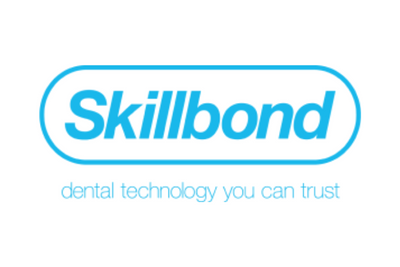
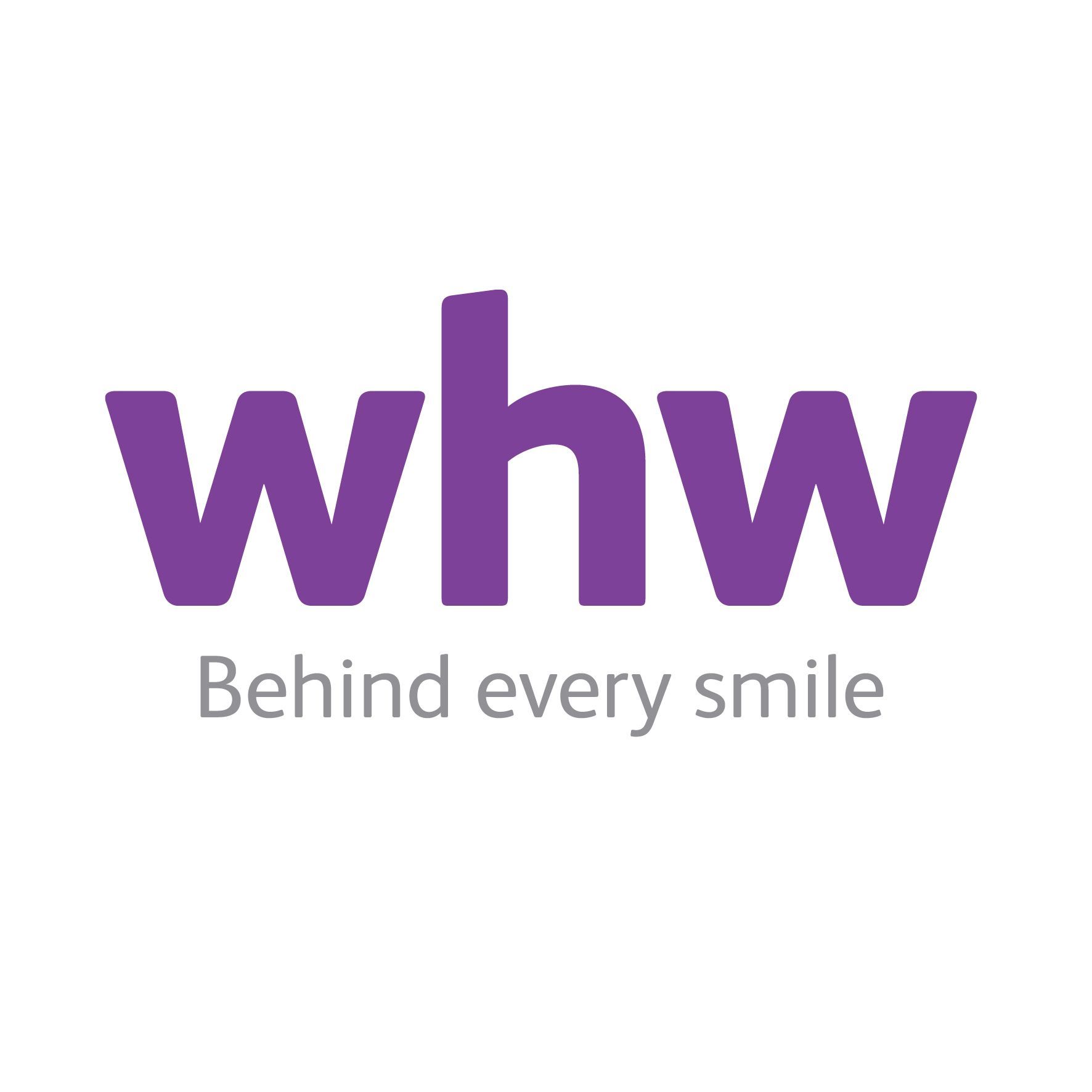
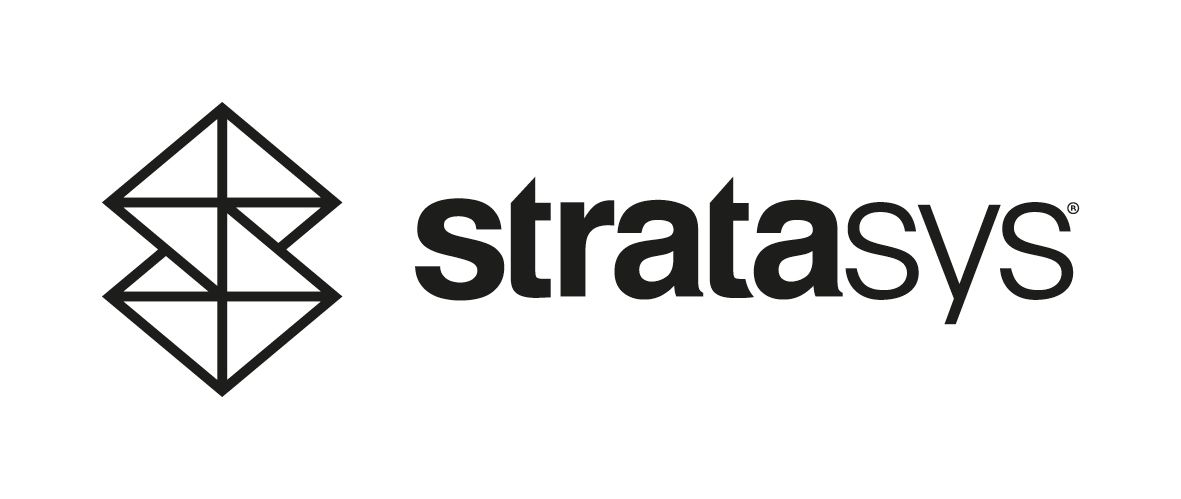
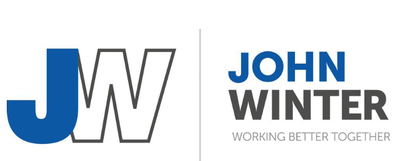
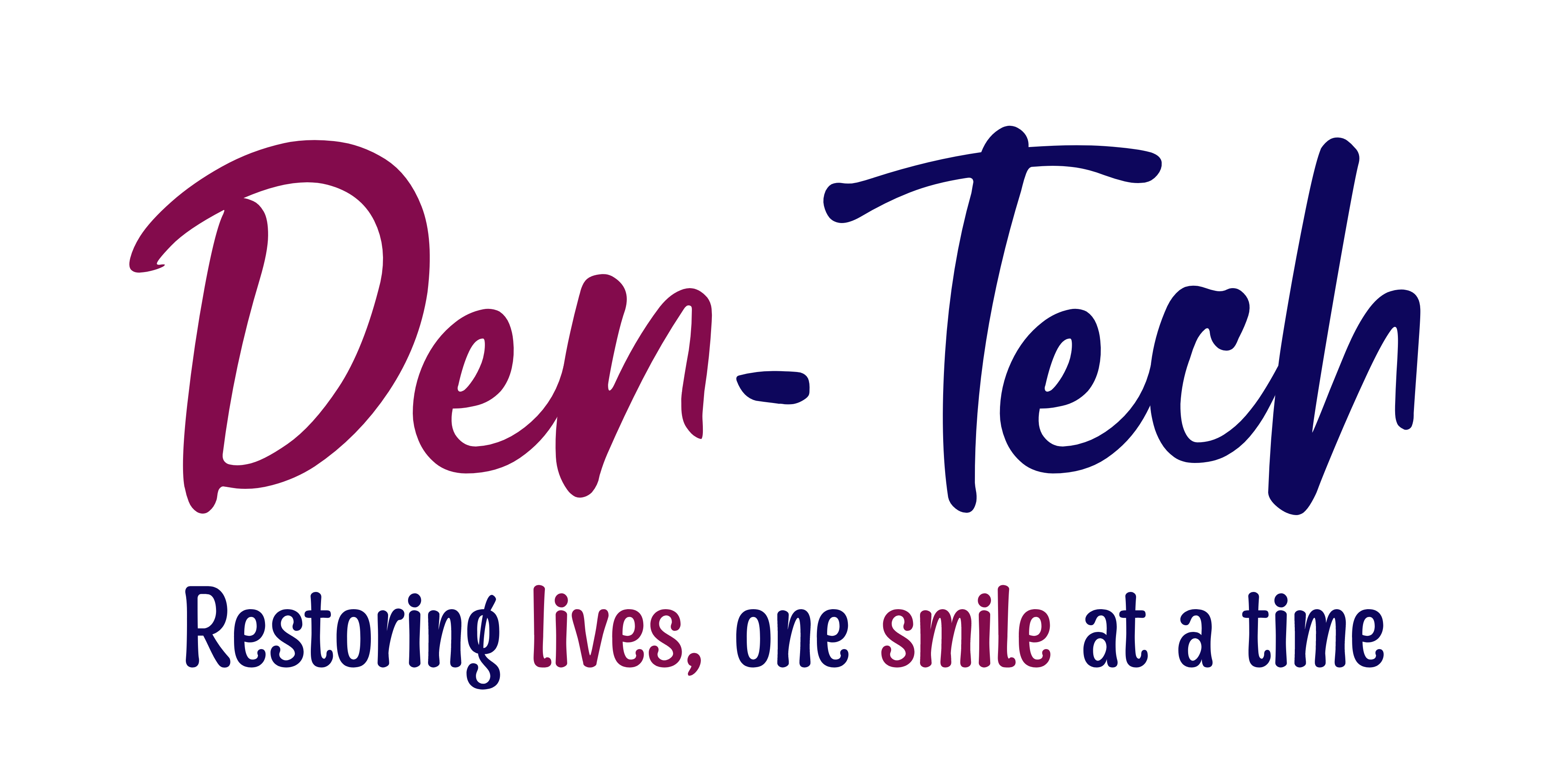
.png)



